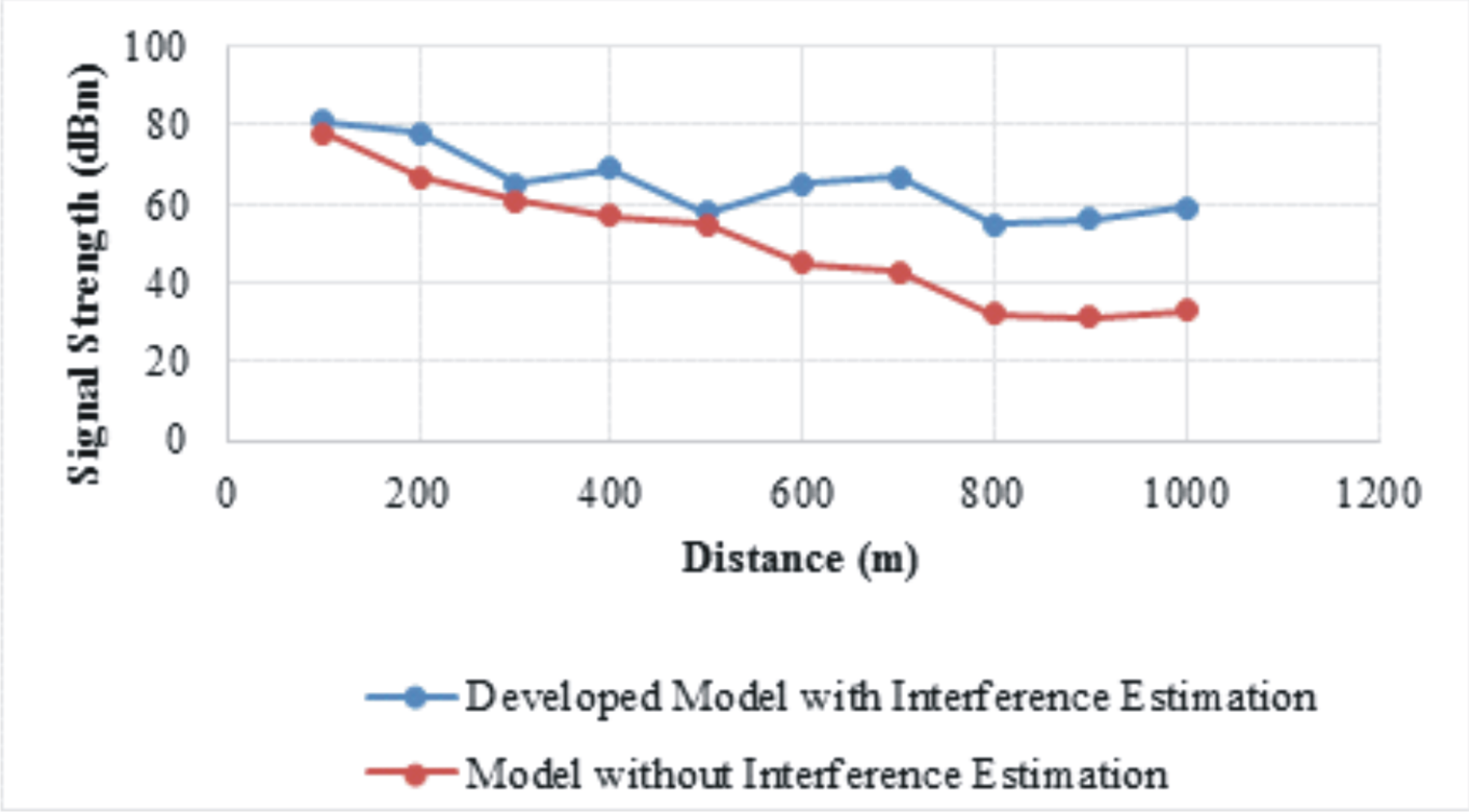Development of an algorithm for estimation of downlink co-channel interference level in a TV white space
Keywords:
Spectrum, TV White Space (TVWS), Frequency, Interference, channelAbstract
The frequencies that are suitable for radio communication are a scarce resource and some of the licensed frequency bands are considered to be underexploited. The future visions comprehend using the spectrum more efficiently, but avoiding the interferences by means of cognitive radios. This paper discussed the estimation of downlink co-channel interference level of the detected secondary users of TVWS with primary users. In this paper, the empirical path loss model for Mgbakwu and its environment in Anambra State, Eastern region of Nigeria was developed, algorithm for detection of TVWS BS locations was also formulated and finally interference mitigation technique and co-channel interference estimation for TVWS using formulated algorithm and obtained dataset was designed. A Matlab function was developed to estimate the co-channel interference level of the detected secondary TVWS locations so as to determine the usable channels. The results obtained showed that with the deployment of the developed algorithm for TVWS location detection and interference mitigation, the performance of the system improved with respect to the signal strength obtained. At a distance of 400m, the signal strength of the model without co-channel interference estimation was 45dBm, while that of the developed model was 60dBm, this shows that there was 33.3% improvement in signal level and, the number of active subscribers connected during the simulation decreased as the distance increases. The developed model had 168 subscribers, while that of the model without interference mitigation had 50 active subscribers. This represents a 236% improvement and addition of subscribers.


